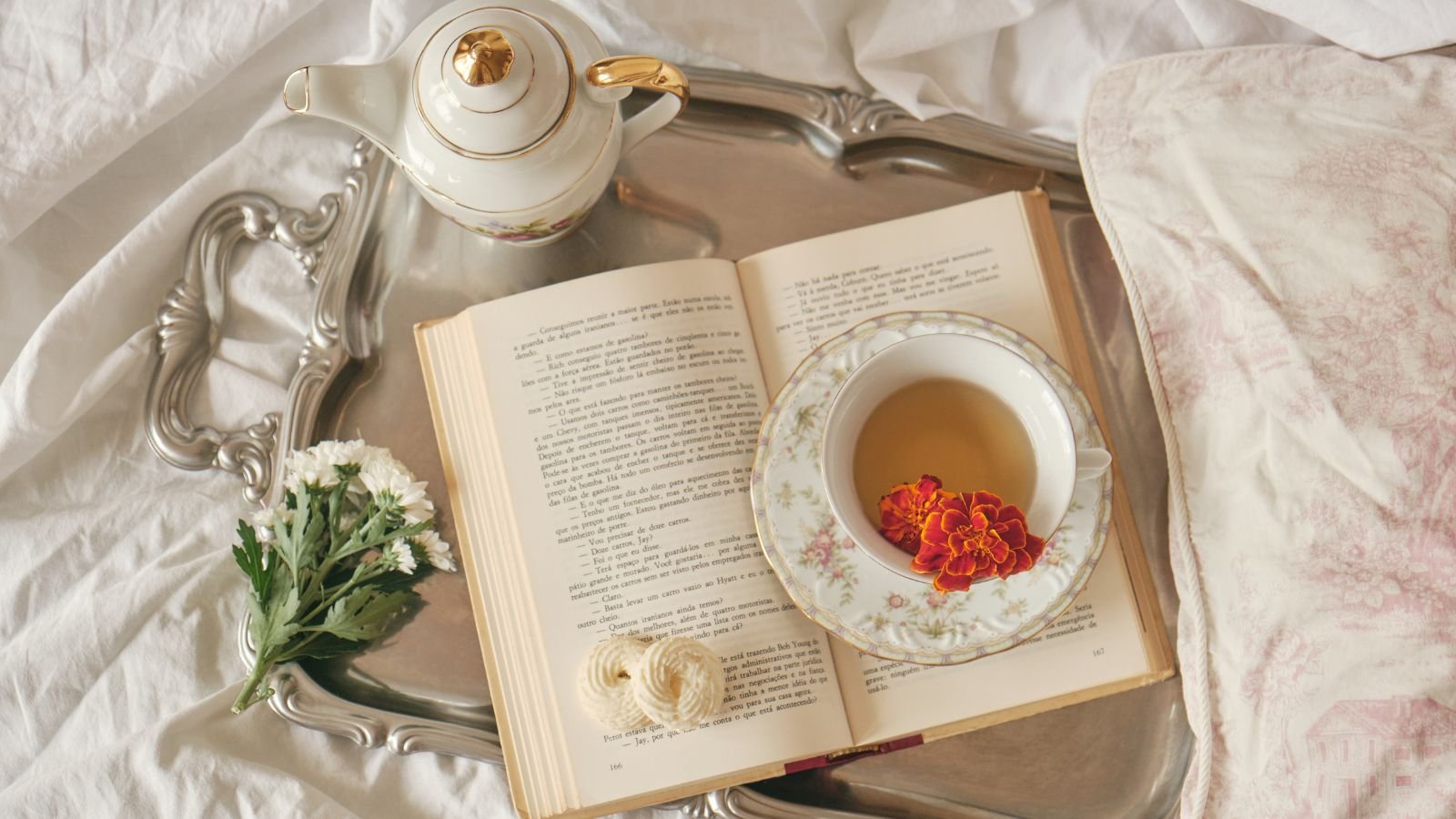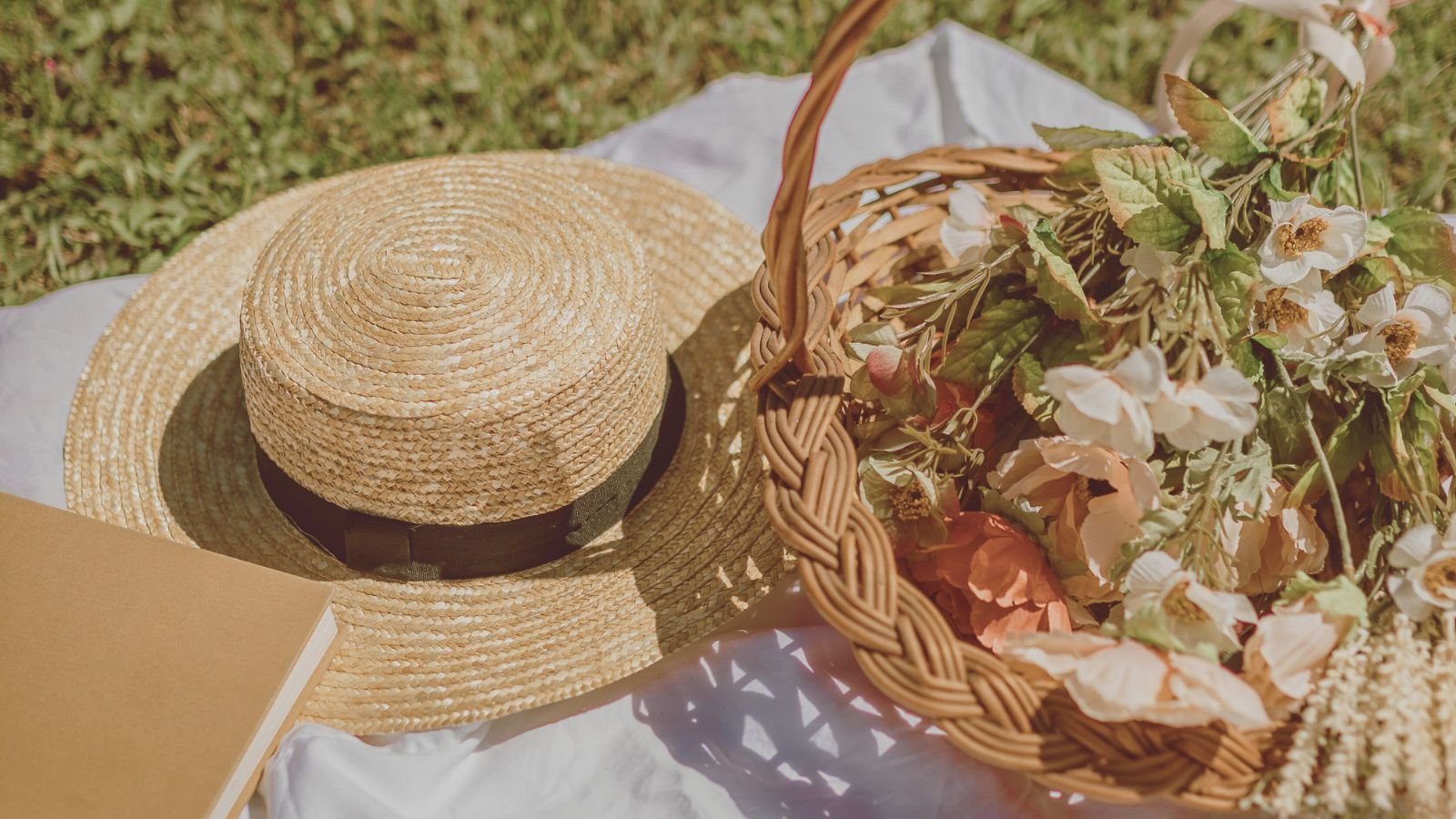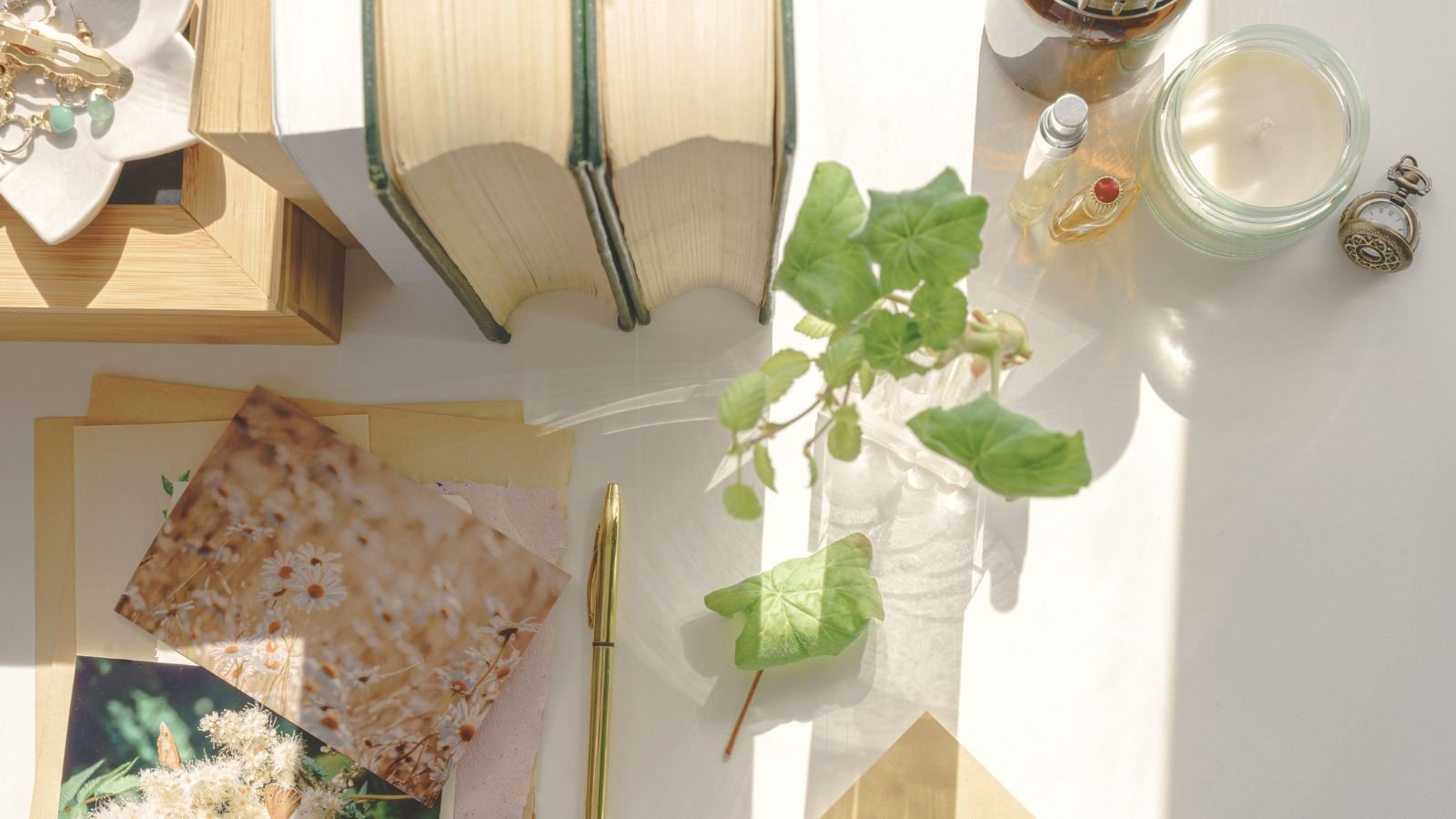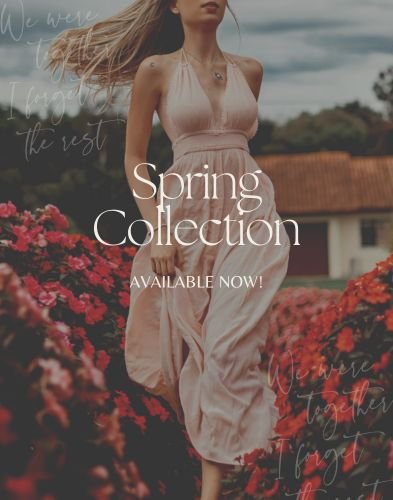What Is Cottagecore Decor? A Guide to Creating Your Dreamy, Cozy Home

Imagine stepping into a home that feels like a warm hug. The scent of fresh flowers fills the air, sunlight filters through lace curtains, and every corner is filled with little touches of charm—weathered furniture, handmade crafts, and books stacked on shelves like old friends. That’s cottagecore decor.
It’s a style that romanticizes the simplicity of rural life and nostalgic living. Think cozy cottages, rustic kitchens, and a connection to nature. But here’s the best part: you don’t need to live in the countryside to create a cottagecore home. Whether you’re in a city apartment or a suburban house, you can infuse your space with this aesthetic. Let’s dive into what makes a home feel cottagecore and how you can start transforming your space.
The Heart of Cottagecore Decor: Simplicity and Comfort
At its core, cottagecore decor is about creating a cozy, welcoming environment that feels timeless. It’s not about flashy trends or perfectly styled rooms—it’s about warmth, charm, and a little imperfection. Everything should feel lived-in and loved, as if it has a story to tell.
If I had to sum it up in one word, it would be cozy. Cottagecore homes are filled with soft textures, natural materials, and little details that make you want to sit down with a cup of tea and a good book.
Start with Furniture: Rustic and Worn-In
Cottagecore furniture is the opposite of sleek and modern. You’re looking for pieces that feel timeless, maybe even a little weathered—like they’ve been passed down through generations.
Here’s what to look for:
- Wooden furniture: Natural or distressed wood is a must. A farmhouse table, a wooden bench, or a vintage dresser instantly gives a room that rustic charm.
- Soft, cozy seating: Think overstuffed armchairs, tufted sofas, or rocking chairs. Bonus points if they’re upholstered in floral or gingham prints.
- Mix-and-match pieces: Cottagecore isn’t about matching furniture sets. Pair a secondhand table with mismatched chairs or a vintage cabinet with a modern sofa. It’s all about layering pieces with character.

Pro tip: Don’t shy away from thrift stores, flea markets, or even your grandparents’ attic. The more unique and imperfect the piece, the better it fits into a cottagecore home.
Textiles: Layers of Softness
Textiles are a huge part of cottagecore decor. They bring warmth, texture, and that extra layer of coziness to your home.
Here’s what to include:
- Lace and crochet: Add lace curtains, crochet doilies, or a handmade lace tablecloth for a delicate, vintage touch.
- Floral and gingham patterns: These are quintessential cottagecore. Use them for throw pillows, bedding, or curtains to add charm to any room.
- Quilts and blankets: Layer soft, colorful quilts on your bed or drape them over the back of a couch. Bonus points if they’re handmade or thrifted.
- Rugs: Opt for natural fiber rugs like jute or wool to add warmth and texture to wood or stone floors.

Pro tip: When in doubt, layer! Pile on the blankets and cushions to make every space feel extra cozy.
Colors: Soft, Earthy, and Timeless
Cottagecore decor leans heavily on a natural, muted color palette. You want your home to feel peaceful and grounded, so stick to colors inspired by nature.
- Neutrals: Cream, beige, and soft white create a clean, timeless base.
- Earthy tones: Sage green, dusty rose, ochre, and soft browns add warmth and character.
- Pastels: Light blues, pinks, and yellows bring a subtle pop of color without overwhelming the space.

Pro tip: Avoid anything too bold or modern. Cottagecore is all about soft, understated hues that feel calm and inviting.
Decorative Touches: The Cottagecore Essentials
This is where the magic happens. Cottagecore homes are filled with thoughtful little details that make the space feel personal and lived-in.
Here are some ideas:
- Fresh or dried flowers: Place wildflowers in mason jars, dried lavender in baskets, or greenery on your kitchen table. Nature is at the heart of cottagecore.
- Books everywhere: Stack books on tables, shelves, or even the floor. Bonus points if they’re vintage or have worn, colorful spines.
- Candles: Opt for simple, unscented candles or beeswax tapers for a warm, classic glow.
- Handmade crafts: Embroidered hoops, knitted throws, or pottery add that handmade, personal touch.
- Baskets: Use woven baskets for storage—they’re practical and add texture to your decor.
- Vintage finds: Old clocks, mirrors, picture frames, or trinkets from flea markets are perfect for creating that nostalgic feel.

Pro tip: Don’t overdo it. Cottagecore decor is charming because it feels natural and unforced. A few well-placed items are better than cluttering every surface.
The Kitchen: The Heart of the Cottagecore Home
If there’s one room where cottagecore truly shines, it’s the kitchen. It’s the heart of the home, where rustic charm meets practicality.
Here’s how to make your kitchen cottagecore:
- Open shelving: Display your prettiest plates, mugs, and jars. Bonus points for mismatched vintage china.
- Wooden cutting boards and utensils: They’re functional and add warmth to your countertops.
- Jars and canisters: Store pantry staples like flour, sugar, and tea in glass jars or ceramic canisters.
- Copper or cast iron cookware: Hang them on the wall or display them on the stove for a functional yet decorative touch.
- Farmhouse sink: If you’re renovating, a deep farmhouse sink is a classic cottagecore feature.

Pro tip: Keep your kitchen as functional as it is beautiful. Cottagecore decor is all about celebrating the everyday, so make sure your space works for you.
Nature Indoors: Bringing the Outside In
Cottagecore is deeply connected to nature, so bringing the outdoors inside is a big part of the aesthetic.
Here’s how to do it:
- Plants everywhere: Fill your home with houseplants, herbs, and fresh flowers. Even a small windowsill garden can make a big difference.
- Dried flowers and wreaths: Hang dried flowers or wreaths made of twigs and greenery for a rustic touch.
- Natural materials: Incorporate wood, stone, wicker, and linen throughout your home to echo the natural world.

Pro tip: You don’t need to go overboard. A small vase of wildflowers or a single potted plant can instantly brighten up a room.
Lighting: Soft and Warm
The right lighting is essential for creating that cozy, storybook feel. Harsh, bright lights are the enemy of cottagecore, so opt for softer, more natural lighting.
Here’s how:
- Lamps: Use table or floor lamps with warm-toned bulbs instead of overhead lights.
- Candles: Scatter candles throughout your home for a warm, flickering glow.
- Fairy lights: String them along shelves, headboards, or windows for a magical touch.

Pro tip: If you can, use sheer curtains to let in natural light during the day. Cottagecore homes are bright and airy, but never harsh.
Final Thoughts
Cottagecore decor is about more than just how your home looks—it’s about how it feels. It’s about creating a space that feels warm, inviting, and connected to nature. Whether you’re filling your home with wildflowers, layering cozy blankets on your couch, or sipping tea in your favorite corner, every detail should bring a sense of calm and joy.
You don’t need a countryside cottage to embrace the aesthetic. A little lace here, a vintage find there, and some fresh flowers on your table can go a long way in transforming your space. So, start small, take your time, and let your home become your own little slice of cottagecore heaven.





